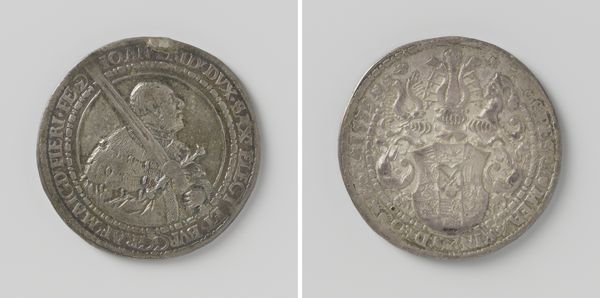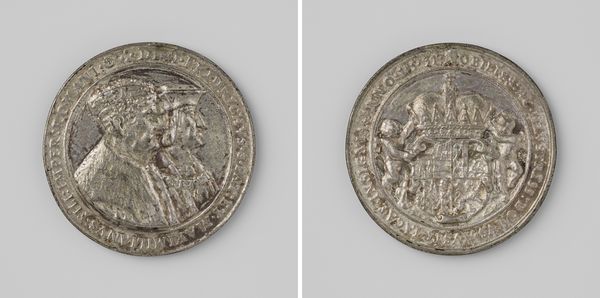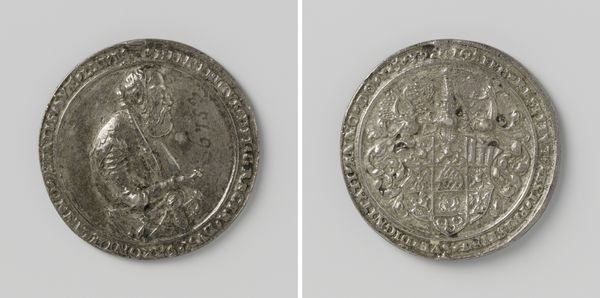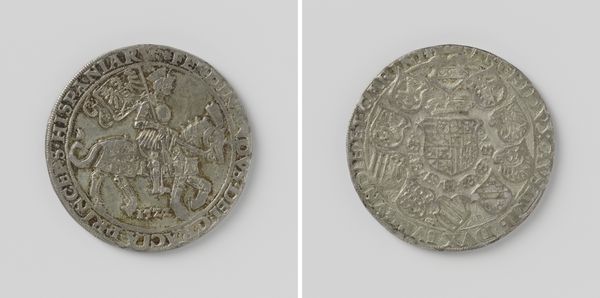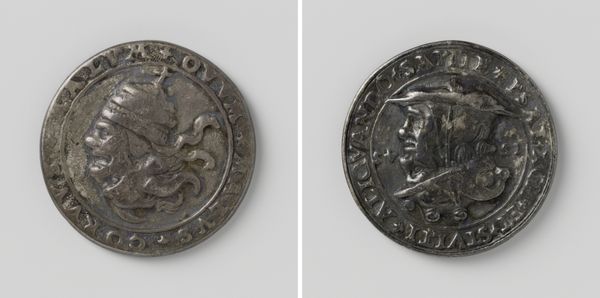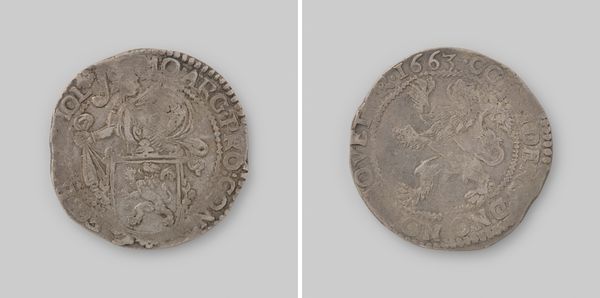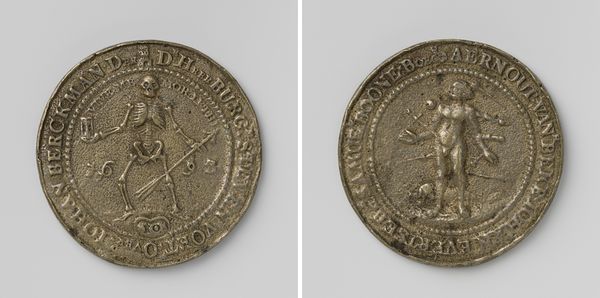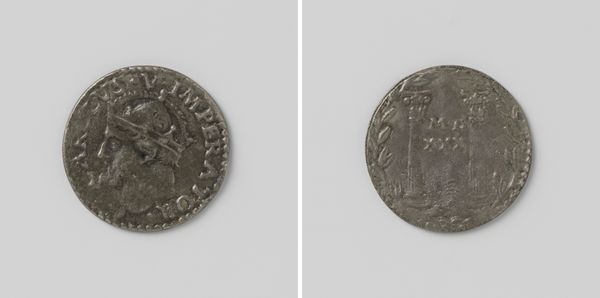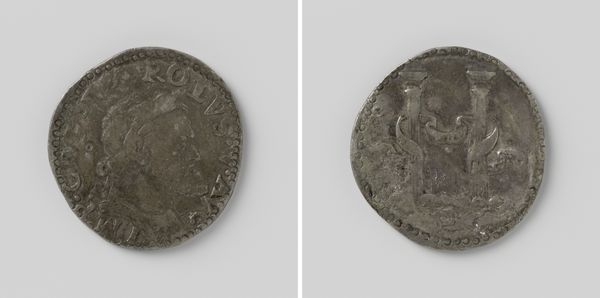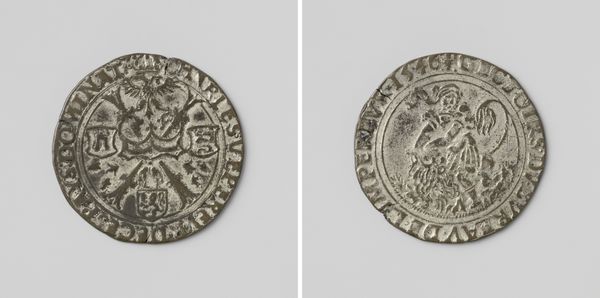
Ter ere van de overleden Frederik III de Wijze, keurvorst van Saksen 1532
0:00
0:00
anonymous
Rijksmuseum
metal, relief
#
portrait
#
medieval
#
metal
#
relief
#
11_renaissance
#
history-painting
Dimensions: diameter 3 cm, weight 12.25 gr
Copyright: Rijks Museum: Open Domain
Editor: This is a metal relief artwork from 1532, "In Honor of the Deceased Frederick III the Wise, Elector of Saxony" by an anonymous artist. It is currently held in the Rijksmuseum collection. Initially, it strikes me as quite formal, but what do you see in this piece? Curator: As a materialist, I'm immediately drawn to the bronze itself. Who mined it? Who cast it? How does the very *thingness* of this object speak to the social structures of the 16th century? Think of the power dynamics involved in extracting and transforming raw materials like this. Editor: That's fascinating! I hadn't considered that aspect. It's easy to just see the portrait and think about the person being honored. Curator: Exactly. The act of memorializing Frederick III was undoubtedly a deliberate choice influenced by socio-political concerns. It's fascinating how the material embodies status and the circulation of currency reflects its production as part of global trade routes in fifteenth century. What stories do these materials whisper about production, distribution, and even planned obsolescence? Editor: So, you're suggesting the bronze itself is almost a historical record, beyond just the image it depicts. Curator: Precisely! It encourages us to reflect upon our personal consumptive habits, especially regarding labor rights. Every art piece is a testament of this. Editor: I'm beginning to look at art quite differently now. Thanks for shedding light on that often-overlooked perspective! Curator: Indeed. Shifting our attention from individual genius to the processes that underpin artistic creation is essential.
Comments
No comments
Be the first to comment and join the conversation on the ultimate creative platform.
